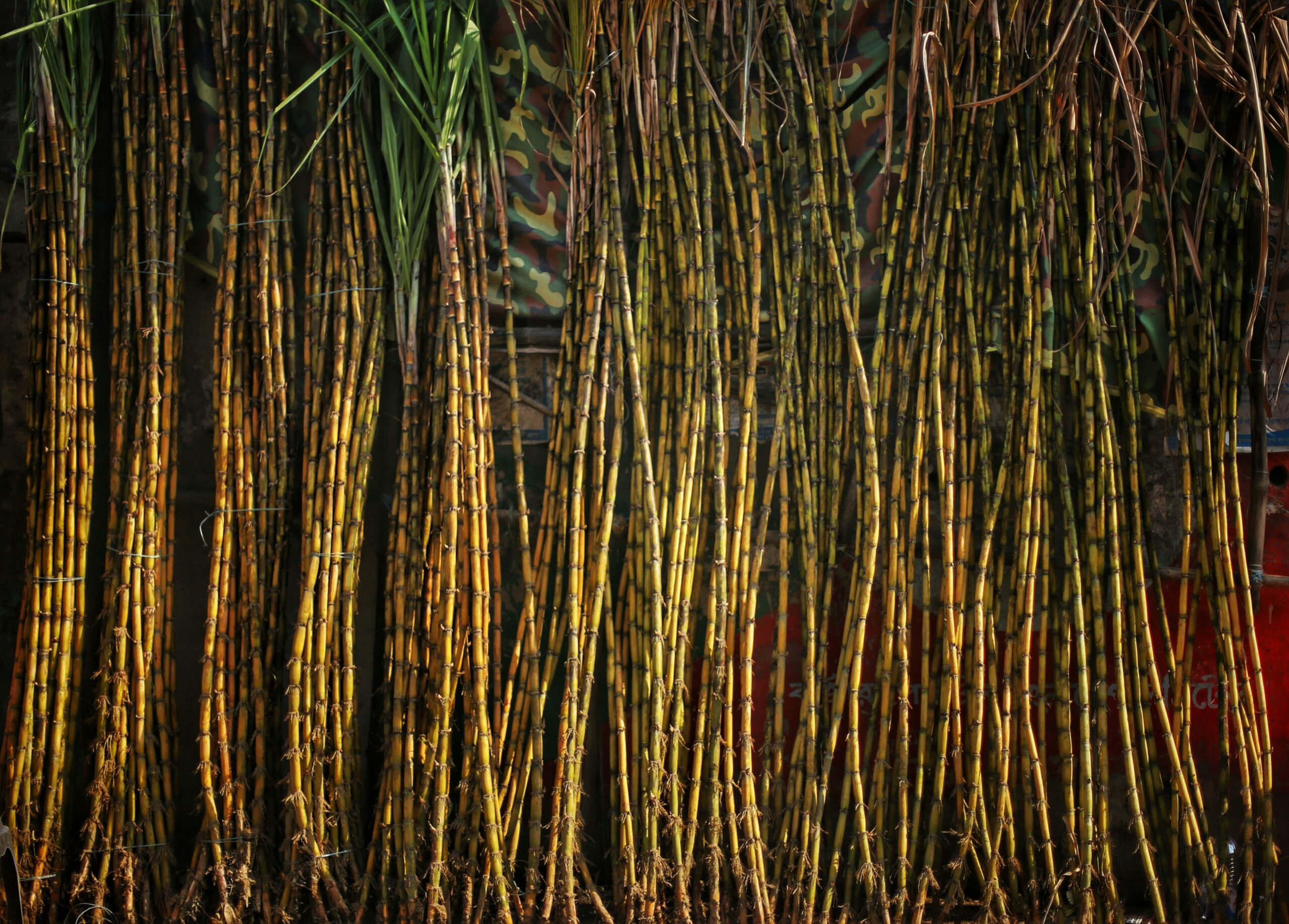Sugarcane is a remarkable crop, capable of accumulating up to 42% of its dry weight as sucrose. This impressive feat is the result of complex biological processes regulated by three key molecular sensors: TORC1, SnRK1, and hexokinase (HXK). These sensors act as master regulators, linking sugar availability to plant growth, development, and metabolism. In a groundbreaking study, researchers have delved deep into the genetic underpinnings of these sugar signaling pathways in sugarcane, providing valuable insights that could pave the way for future biotechnological advancements to enhance crop productivity.

Unraveling the Complex Sugarcane Genome
Sugarcane is a highly complex, polyploid crop, with a genome that is challenging to study. Modern sugarcane cultivars are the result of interspecific hybridization between Saccharum officinarum and Saccharum spontaneum, with additional genetic contributions from Saccharum barberi. This intricate genomic makeup has long hindered our understanding of the genetic mechanisms underlying sugarcane’s exceptional ability to accumulate and store sucrose.
The Triumvirate of Sugar Sensing
At the heart of sugarcane’s sugar metabolism are three key molecular sensors: TORC1, SnRK1, and HXK. These sensors act as master regulators, linking sugar availability to various aspects of plant growth, development, and metabolism.
TORC1 (Target of Rapamycin Complex 1) is a crucial regulator of photosynthesis and plant growth, activating cellular processes when energy and nutrient levels are high. SnRK1 (Sucrose Non-fermenting 1-Related Protein Kinase 1), on the other hand, is a sensor of low energy status, triggering the remobilization of reserves and adaptive responses to stress.

HXK (hexokinase) is the first sugar sensor identified in plants, playing a dual role as both a metabolic enzyme and a signaling molecule. HXK phosphorylates glucose, the primary product of photosynthesis, and can also act as a glucose sensor, influencing gene expression and developmental processes.

Fig. 2
Unraveling the Sugarcane Sugar Signaling Pathways
In this groundbreaking study, the researchers used a comprehensive bioinformatic approach to identify and characterize the sequences of TORC1, SnRK1, and HXK in sugarcane. By mining publicly available transcriptomic and genomic datasets, they were able to recover a significant number of putative sequences for each of these key sugar sensors.

Fig. 3
Through rigorous analysis, the researchers were able to:
– Identify 11 TOR, 23 RAPTOR, 55 LST8, 95 SnRK1α, 98 HXK, and 14 HXK-like sequences in sugarcane
– Determine that most of these sequences share a common origin with the three ancestral Saccharum species
– Classify the HXK sequences into distinct phylogenetic clades, with some clades showing higher expression levels in sugarcane leaves
Interestingly, the researchers also found that HXK activity was highest in sugarcane culms during the first month of growth, a critical period for plant establishment and development.

Fig. 4
Implications and Future Directions
This comprehensive study provides valuable insights into the genetic underpinnings of sugar sensing and metabolism in sugarcane. By unraveling the complex network of TORC1, SnRK1, and HXK, the researchers have laid the foundation for future biotechnological applications aimed at enhancing sugarcane productivity and sucrose accumulation.
The identification of specific HXK sequences with high expression levels in sugarcane leaves, for instance, could inform targeted genetic manipulations to optimize sugar partitioning and storage. Additionally, understanding the interplay between these sugar sensors and their role in regulating developmental transitions and stress responses could lead to the development of more resilient sugarcane varieties capable of thriving in the face of climate change and other environmental challenges.
As the world’s leading biomass crop, sugarcane has immense potential to contribute to global food and bioenergy security. The insights gained from this research represent a significant step forward in our understanding of the intricate biological mechanisms that govern sugarcane’s remarkable ability to accumulate and store sucrose. With continued advancements in this field, the future of sugarcane cultivation and its role in sustainable agriculture looks brighter than ever.
Author credit: This article is based on research by Lauana Pereira de Oliveira, João Pedro de Jesus Pereira, Bruno Viana Navarro, Marina C. M. Martins, Diego Mauricio Riaño-Pachón, Marcos Silveira Buckeridge.
For More Related Articles Click Here
